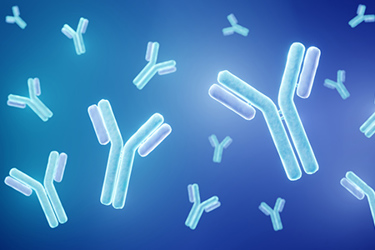Biologics developability: How Merck creates developability profiles for their mAbs?
By, Fahimeh Raoufi, Marc Bailly, Laurence Fayadat-Dilman, Brett Thurlow, Stefanie Kall

The biologic drug development process is expensive, and often leads to time and money lost on candidates that never reach the clinic. Improved developability profiles enable researchers in the early discovery or pre-formulations stages to select candidates that have a great chance at clinical success. Merck used a combinatorial approach to building their developability profiles, using both thermal and colloidal stability information from a single platform to improve their candidate rankings.
Discover how the Protein Sciences group at Merck & Co. builds developability profiles for their monoclonal antibody variants. We provide an in-depth explanation of the experiments used help the Protein Sciences group decide which candidates have the best potential to reach the market. We also review how they confirm that the data obtained matches up with previous profiles.
This application note covers:
- Why it was important for Merck to build developability profiles from biophysical stability attributes of their candidates
- Which parameters they measured to create these profiles
- Why a combinatorial approach was valuable to their workflow
Get unlimited access to:
Enter your credentials below to log in. Not yet a member of Bioprocess Online? Subscribe today.
